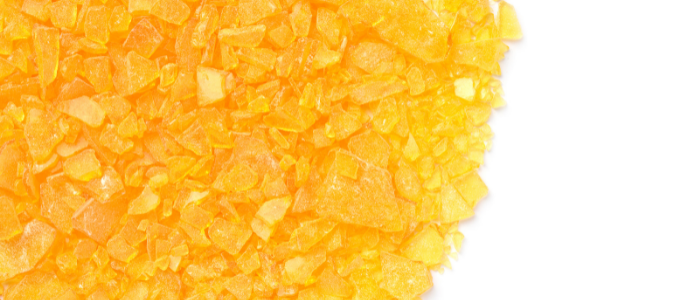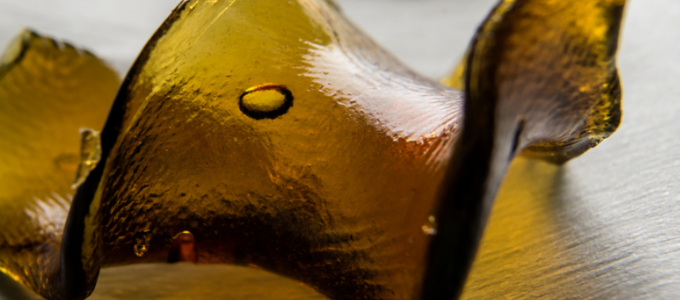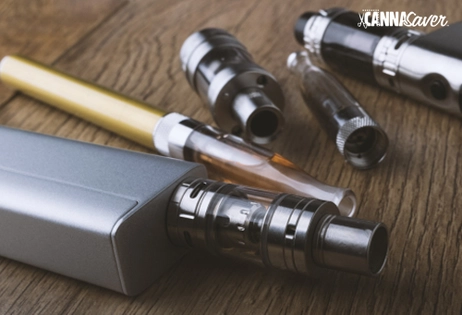
For the cannabis connoisseurs, plus the novice cannabis users, you’ve probably heard about live rosin, and how it’s become so popular.
Cannabis consumers can grow very confused, as was I when doing my research. There is plenty of content comparing one concentrate to another, ways they are made, live versus not live, resin versus rosin, and more!
There is no need to feel overwhelmed because we will break it down for you.
Let’s start with four basic cannabis concentrates.
We have resin, live resin, rosin, and live rosin – which is the emphasis of the article. Let’s explain the differences without going into so much detail that you come away confused and not knowing what to purchase.
By the way, if you’re not sure how to smoke concentrates, don’t worry, we’ve got it covered.

Resin vs Rosin
Basic Resin (usually referred to as Resin)
Also called weed tar and/or reclaim. I’m referring to the black tar-like substance that sits on the bottom of your water pipe, bowl, or dab rig, after smoking. It was smoked back during the Woodstock days of the 1960s (and probably your high school days where it was a bit more difficult to get weed), but nowadays, it is rarely used.
It is hard to get “high” when consuming resin because it doesn’t contain much THC, compared to other preparations.
I do not recommend anyone smoke cannabis resin. Because it contains ash and tar, unlike other cannabis preparations, and is, therefore, impure. There can be harmful cannabis resin side effects, such as headache, severe sore throat, and difficulty breathing.
Live Resin
Recently, live resin has gained much popularity. It contains the word “resin” because it involves the resin extracted from the cannabis plant. It has nothing to do with the substance described above, besides the fact that it also comes from a cannabis plant.
Live resin concentrates are produced with the use of solvents, such as ethanol, butane, and carbon dioxide. What makes live resin different from the other concentrates such as wax and oil, is the use of freshly frozen bud during processing. The harvested bud leaves are immediately frozen and sent out for processing; thus, they are sometimes referred to as “fresh frozen flowers.”
Using this fresh frozen flower enables the product to retain more of the terpenes, compared to other hydrocarbon extracts that use dried and processed cannabis. Terpenes, also referred to as terpenoids and terps, are the naturally occurring chemical compounds that make certain strains of cannabis smell or taste different from others. It essentially gives the cannabis strain its aroma and scent. Since more of the terpenes are retained, it creates a much more pleasurable user experience, compared to the other hydrocarbon-based oils/waxes.

What is Rosin?
Rosin is a cannabis concentrate made through a heat and pressure extraction process. This process separates the resinous sap from the plant material, resulting in a potent, terpene-rich product. Unlike other concentrates like BHO or CO2 extracts, rosin does not use any solvents in its production, making it a preferred choice for health-conscious consumers.
Rosin has steadily gained popularity in the cannabis industry for its solventless extraction process that maintains the plant's rich terpene and cannabinoid profile. As the demand for clean, potent, and flavorful cannabis concentrates continues to rise, understanding the factors that influence the price of roin is essential. This article will provide you with all the information you need to know about rosin prices and what to expect when purchasing this sought-after product.
Rosin & Live Rosin
There are two types of rosin: rosin and live rosin.
Rosin and live rosin differ from live resin, and other concentrates such as wax/oils, in that they are solvent-less concentrates. This means that rosin is a natural and pure concentrate, produced using heat and pressure, instead of hydrocarbons (solvents) used in resin and other waxes/oils.
So how do rosin and live rosin differ? Live rosin, like live resin but unlike regular rosin, uses fresh frozen flower (bud). The other versions, that are not live, use flower that is dried and processed.
So, as you can see above, there are differences among the four types. For the purposes of this paper, we will stick to our discussion of live rosin.
So, if you’re still with me I’ll summarize: waxes, oils, and live resin use chemicals to produce the extract. Rosin is more natural, in that no chemicals are used to produce the extract. When we see the word “live,” we know that fresh frozen bud was used to make the extract.
The Popularity of Live Rosin
Live rosin is well known as the “top-shelf” concentrate available, due to its potent aromas. There are also many positives, such as being safer to produce (since there are no solvents involved), higher potency, and already mentioned, more aroma for the user.
Since there are no chemicals in live rosin, there are many ways it can be consumed, such as with edibles, water pipes, vaporizers, etc.
Since live flowers are used, some consumers claim to experience the marvelous aroma and flavors, that were present at harvest.
Live rosin also contains more terpenes than live resin, since there is no chemical extraction.
So, why would you pick live rosin over live resin, if both are using fresh frozen flowers? The answer is that since chemicals are not used on the live rosin, it is a more natural concentrate. If you’ve noticed the trend anywhere you go, especially in supermarkets, everyone wants products and produce labeled “fresh” or “no chemicals added.” From the surging popularity of organic food, which is made naturally, to the continued popularity of American Spirit cigarettes, which have no added chemicals, there is a remarkable consumer trend for something that feels more fresh, natural, and wholesome.
Consider the analogy that live rosin is to live resin, as organic food is to regular food that uses chemicals. Given the trend that everyone wants what is natural, we can see the popularity of live rosin.
With such high demand, live rosin tends to be more expensive than live resin.
What are the prices of live resin?
Well, it varies, but the general prices are listed below.

Rosin Prices
Live resin is sold for $50 to $120 per gram (gm) and can be purchased in 1 gm or ½ gm containers.
Rosin and Live rosin also range from $50 to $120 per gm, but it tends to generally be more expensive than live resin.
It is sold in ½ gm, 1gm, and even up to 8 gm at once – see the rosin specials on our website.
These prices, for live rosin and live resin, are much more compared to the $10 to $20 for basic wax and shatter (a cannabis extract that has a translucent appearance, as if it could be “shattered” like glass).
Factors That Influence Rosin Price
There are a few things that go into the price of rosin.
Quality of Starting Material
The quality of the cannabis used in the production of rosin significantly influences its price. High-quality, organically grown cannabis often yields rosin with superior flavor, potency, and overall quality, leading to a higher price tag.
Production Process
The process of making rosin is labor-intensive and requires a level of expertise to ensure the best possible outcome. The heat and pressure need to be carefully controlled to avoid burning the product or losing precious terpenes. This careful production process can contribute to the cost of rosin.
Yield
The yield from the rosin extraction process is typically lower than that of solvent-based extraction methods. A lower yield can result in a higher price per gram, as more plant material is required to produce the same amount of product.
Market Demand
Like any product, the price of rosin is influenced by supply and demand. As the demand for solventless, high-quality concentrates continues to rise, you can expect rosin prices to reflect this trend.
What to Expect When Purchasing Rosin
Given these factors, rosin tends to be one of the more expensive cannabis concentrates on the market. As of my last update in September 2021, you could expect to pay anywhere from $30 to $100 per gram of rosin, depending on the quality and the region. Remember, cannabis prices can fluctuate and vary greatly based on location, so it's always a good idea to check with local dispensaries or delivery services for the most accurate and up-to-date pricing.
While rosin may come with a higher price tag compared to other concentrates, many consumers find the clean, potent, and full-flavored experience it provides to be worth the extra cost.
When purchasing rosin, it's essential to consider not only the price but also the quality of the product. Look for rosin that is transparent, has a sappy or buttery consistency, and comes from a reputable source. A higher price often indicates higher quality, but that's not always the case, so it's crucial to do your research and ask questions.
Continue Reading









